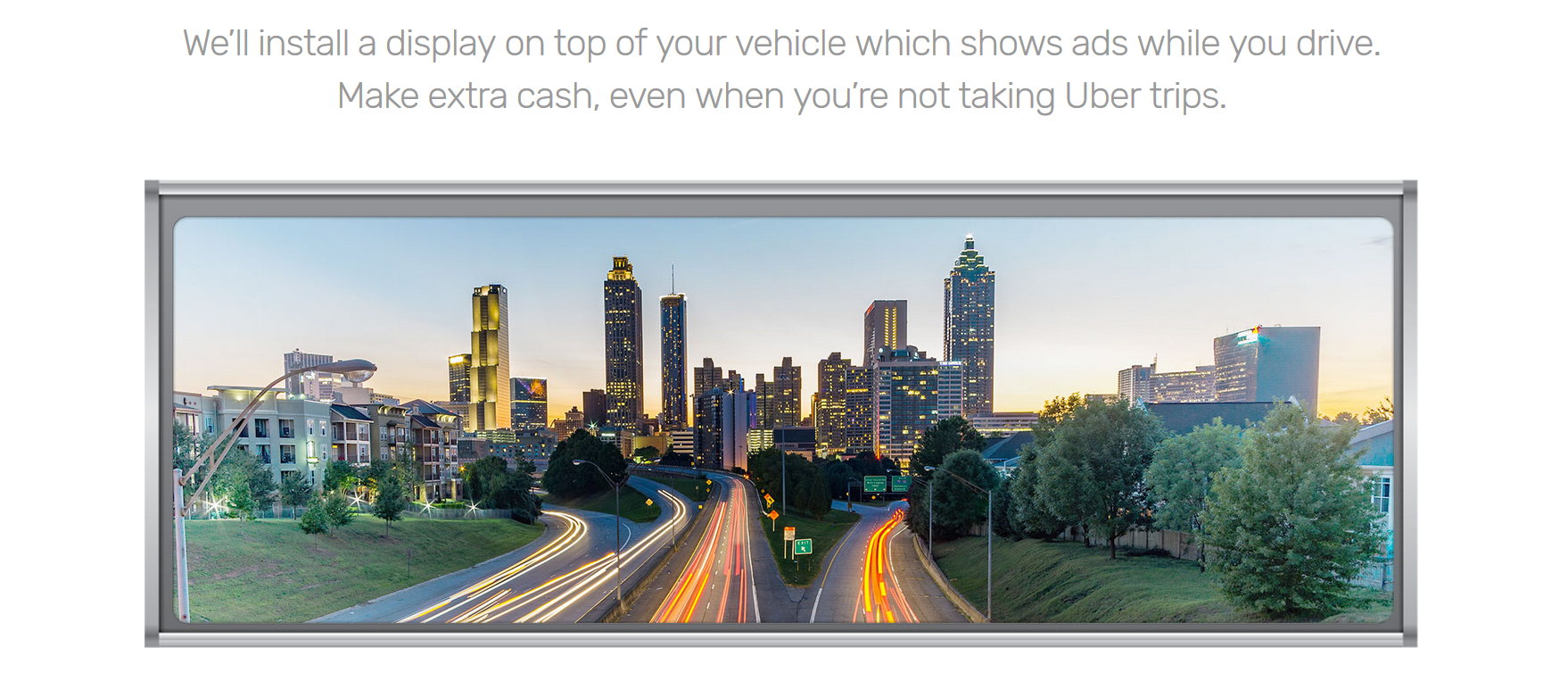2 comments

Cargo the company known for putting vending display boxes in Uber’s and Lyft’s across the country just announced a major pivot to their business model. In a message sent to drivers, Cargo stated “As you may have heard the bittersweet news from our last email, we’ve determined that the best path for Cargo in 2020 is to pause our Cargo Store business and double our efforts within the Cargo Beam program. We will forever be grateful for the support and work our drivers have put in towards the Cargo Store.”
According to the Cargo Website (which has been completely revamped with their new initiative), they state that “Uber and Cargo have teamed up to increase your rideshare earnings with Uber's cartop display program.” In other words, Cargo Beam will send you an easy to install car top advertisement screen that will show ads while you are driving. One benefit that they are trying to sell to their drivers is that this will allow drivers to make extra income even when they are not driving for Uber or Lyft. Apparently, the car top advertisement will turn on automatically when you start driving. It is unclear, if you have the ability to turn it off.
Cargo hasn’t released any official statements on potential earnings yet. In fact, their website is still so basic, there doesn’t even appear to be an area to sign up and order a Car Top Advertisement at this stage.
Currently, as the program is so new, drivers appear skeptical over how it will work and how much they will be able to make. The sudden business model change has been a little un-nerving to many who thought Cargo’s vending box model was doing well (based on interactions with Cargo). It appears as though the original Cargo boxes were not pulling in as much revenue as Cargo hoped they would. There is also some negativity surrounding the appearance of car top displays, with some worrying that everywhere is going to start looking like downtown Manhattan.
It will be interesting to see how Cargo moves forward with this new venture. Would you give it a try?
Comments
Virtual Private Networks provide secure remote access to a network. By encrypting the connection between remote users and the network, VPNs ensure that data transmitted over public networks remains confidential. This unified api for security data component is essential in traditional security data architectures, especially with the rise of remote work.
The speed is always changing when you play x trench run, can you master the speed, conquer the farthest distance, surpass thousands of strong opponents before to put your name on the leaderboard?